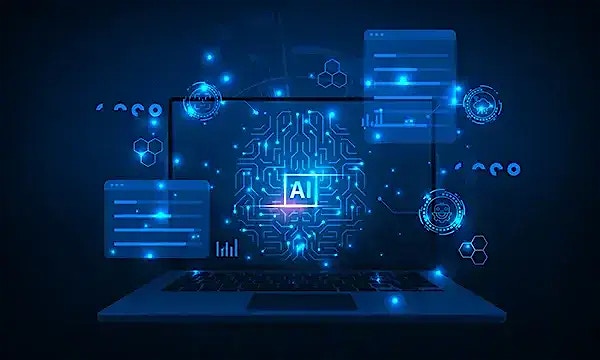Events

Adobe Summit 2026 - The Digital Experience Conference
Adobe Summit is a global conference where industry leaders and innovators gather to explore the future of digital experiences with a focus on innovation, generative AI and personalization at scale.

We are at AWS re:Invent 2025
Happening in Las Vegas, from December 1-5. This event promises valuable opportunities for learning, networking and innovation.
We are at SAP TechEd 2025
Join us at SAP TechEd 2025 in Bangalore on November 25-26, 2025, to gain the latest insights and know more about our solutions.

Semicon Europa 2025: Transforming Semiconductor Industry
Join HCLTech at SEMICON Europa 2025 in Munich, Nov 18–21. Discover how we are redefining semiconductor innovation with AI, automation, and smart manufacturing solutions. Visit Booth #C2319.

AIM Webinar with HCLTech: Redefining Engineering Careers in the Age of AI & GenAI
Join us for an insightful webinar, titled ‘Engineering the Future: How AI/GenAI is Redefining Careers,’ when HCLTech leaders will explore the future of engineering, the critical role of responsible in

Enhancing SAP with Microsoft Power Platform and Copilot
Register now for our webinar: From complexity to simplicity - enhancing SAP with Microsoft Power Platform and Copilot

Implement Clean Core using SAP BTP for business transformation
Discover how HCLTech can help you keep your SAP S/4HANA environment lean and agile with SAP Business Technology Platform (SAP BTP).
